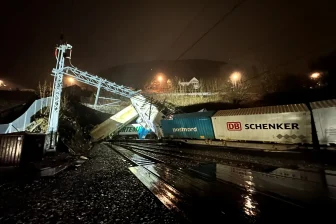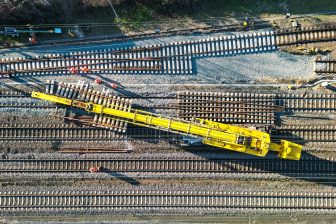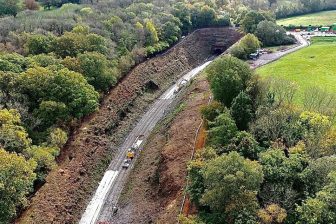
Network Rail to close ECML bracing for record temperatures
The UK’s East Coast Main Line will close on Tuesday, 18 July, as the country prepares for record temperatures to be broken. Meteorologists predict the record high of 38.7 degrees could be beaten by a record heatwave nearing 40 degrees. On Sunday evening, Network Rail said they would close the southern section of the East Coast Main Line from noon on Tuesday, halting almost all traffic from London to York and Leeds.
Want to read more?
You have read all of your free premium articles for this month. Please become a subscriber to keep reading.
Subscribe now!
Take advantage of our exclusive offer to get full access to all premium content.




The “new normal”, hot temperatures, etc., call for a resilent (a robust) and an upgraded infrastructure.
Track safely stabile, in x-, y- and z dir., now has to be constructed for.
Still, when added load is allowed, the forces and stresses, by System, all the way, have to be low – and safely limited.
(Most vital track component, rail, shall not remain “weak link”, as currently…, etc.)
By rail/wheel radiated energy, “noise” (current symtom of low quality track) shall be low and limited, etc…